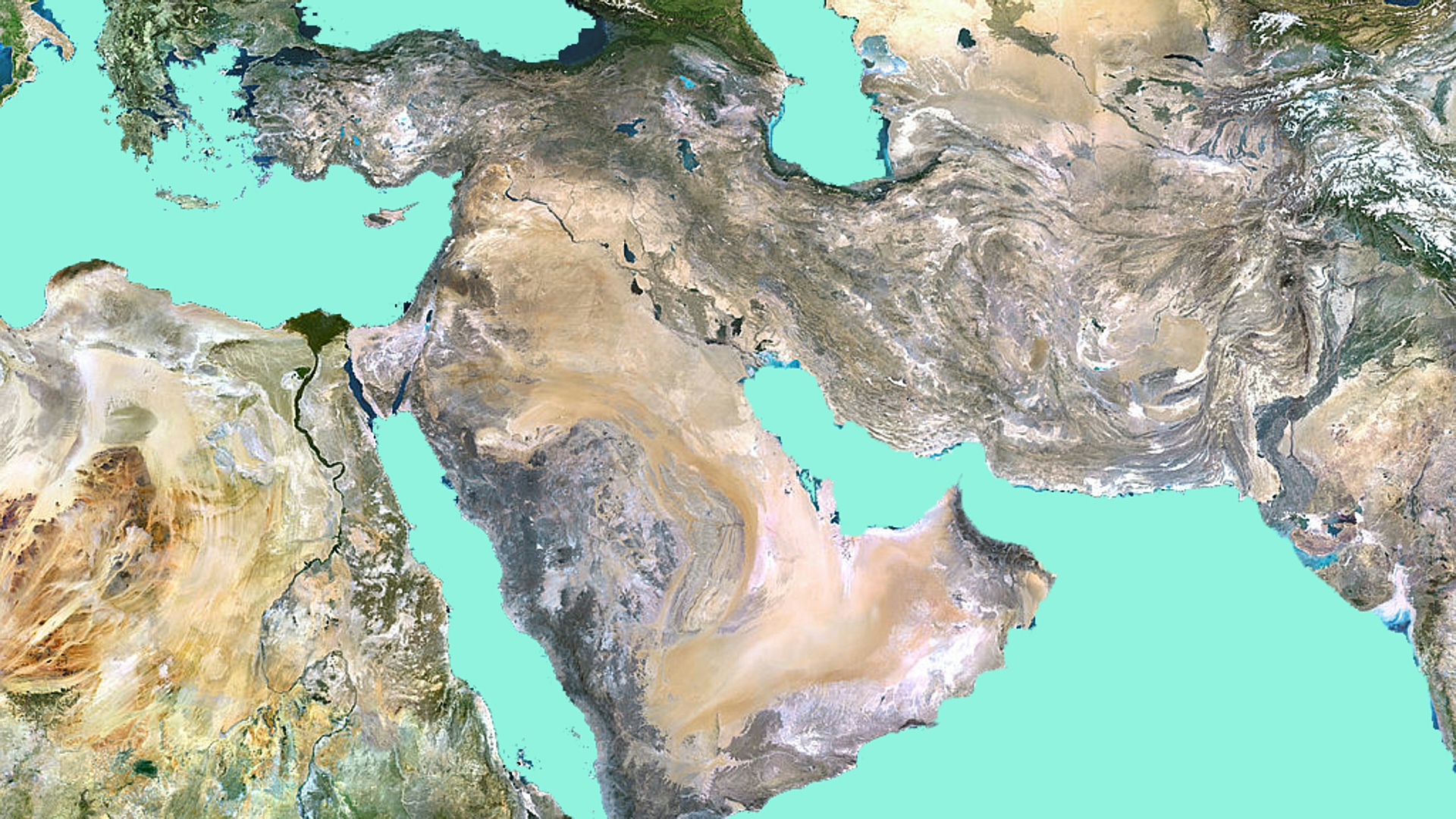You're about to get a preview of a premium Guide. Guides are a feature of theSkimm App that make it easier to go down a rabbit hole on the biggest issues in your newsfeed. They go beyond what you see in the Daily Skimm to give you the history and context of everything from climate change to artificial intelligence to the rising cost of college. Plus, they include exclusive audio stories just for app subscribers.
The Story
Saudi Arabia is one of the most important power players in the world.
Fancy. How’d that happen?
Saudi Arabia is a young country – it’s formally been around for less than 100 years. In 1932, Ibn Saud, a Muslim religious leader, combined the Arabian regions he controlled into the kingdom of, yep, Saudi Arabia. It’s always been ruled by a monarchy made up of Ibn Saud’s descendents. And in its short history, it’s gained a lot of influence.
How?
1. Oil. Turns out the land Ibn Saud was sitting on was pretty slick. As in it holds about a fifth of the world’s oil reserves, and many countries rely on Saudi Arabia for oil. In the 1960s, the country helped establish OPEC – a group of countries that produce about 40% of the world’s crude oil – to help keep global oil prices stable by deciding how much oil to produce at once. By 1980, Saudi Arabia took full control of oil company Saudi Aramco – making its economy heavily reliant on oil. For a while, that worked out great. Which brings us to...
2. Wealth. Oil made Saudi Arabia rich. The royal family is worth an estimated $1.4 trillion, and they’re not afraid to spend that money on yachts and Da Vinci paintings. All that oil money has helped the government spread its influence around the world. Including in the US, where the Saudi gov has spent tens of millions of dollars on lobbying efforts for issues like arms sales, and is a major investor in Silicon Valley (think: Uber and Lyft). But the 2014 drop in oil prices raised alarm bells in Saudi Arabia, and it learned the hard way that it can’t put all its eggs in one gassy basket.
3. Religion. Saudi Arabia is considered the birthplace of Islam. It’s home to Mecca – the most important religious site for Muslims. And the royal family has long followed Wahhabism – a strict form of Islam that follows a literal interpretation of the Quran. That means the country has strict rules. Examples: men and women have to be separated on public transportation. And until recently, Saudi women were required to wear abayas (full body cloaks) and get a man’s permission to travel abroad. On top of that, religion is the basis for Saudi Arabia’s rivalry with Iran. That’s because they represent two different factions of Islam: Sunni and Shiite.
And where do things stand today?
The country’s at a turning point. The architect: Mohammed bin Salman (MBS), the crown prince and no. 1 in line to become king. On the one hand, he’s leading a push to modernize the country and overhaul its economy. On the other, he’s overseen an escalating crackdown on critics that’s put Saudi Arabia’s relationship with the Western world on edge.
I sense tension.
We get into that, the country’s record on human rights abuses, and its impact on the Middle East, in theSkimm App. Every week, the app goes deep on a different news topic to give you the context you need to understand what's going on in the world. Download the app now and you get the first week free.
Live Smarter
Sign up for the Daily Skimm email newsletter. Delivered to your inbox every morning and prepares you for your day in minutes.
